by Amy Pitt
House of Zana, a small boutique, was recently forced to defend its brand in relation to opposition proceedings brought by Intidex, the parent company of leading high street fashion retailer, Zara.


Blake Morgan e-Magazine | Winter 2023 | Issue 6

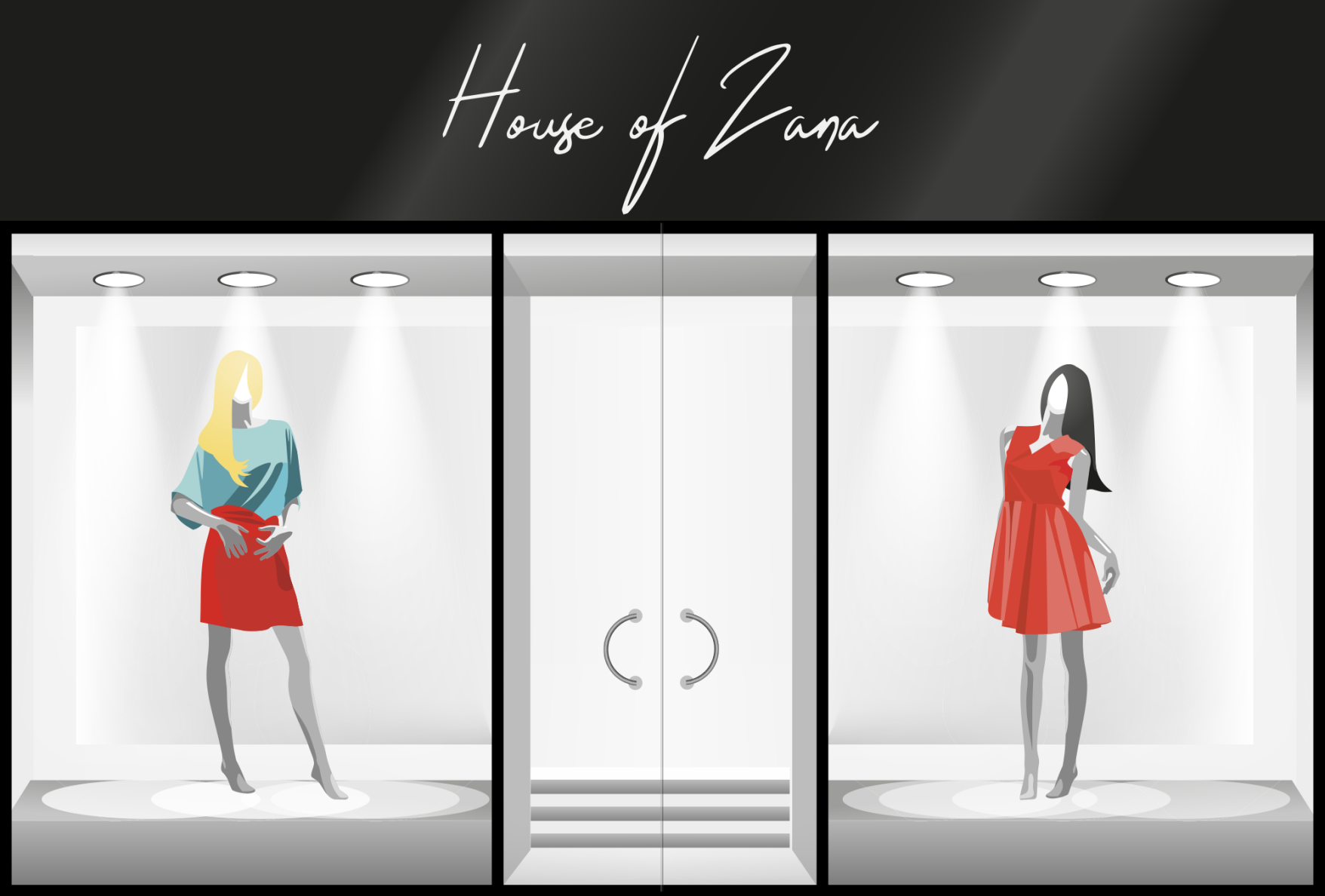


It was further argued by Intidex that the marks are conceptually similar as both incorporate female forenames.

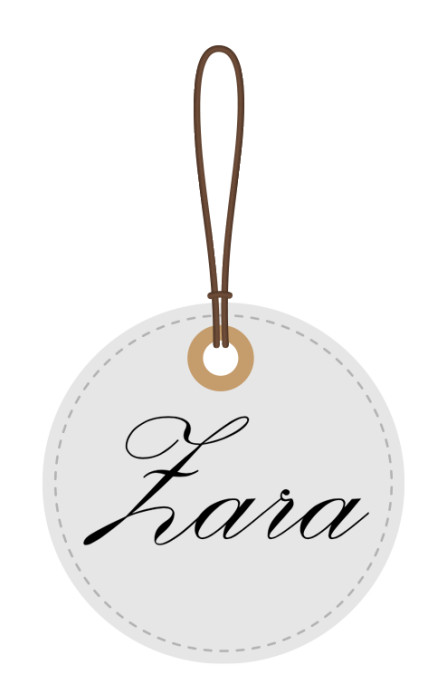
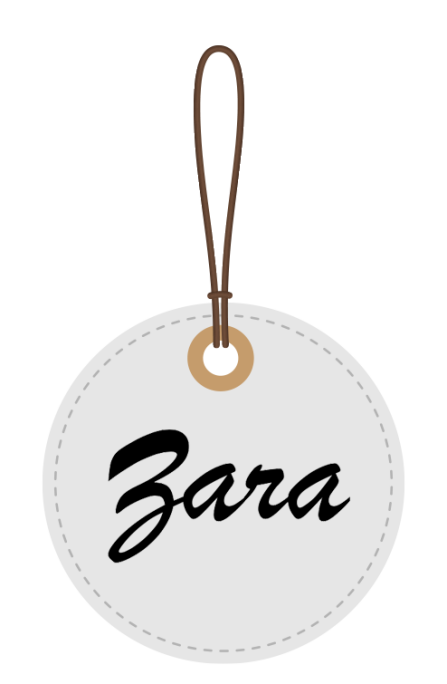

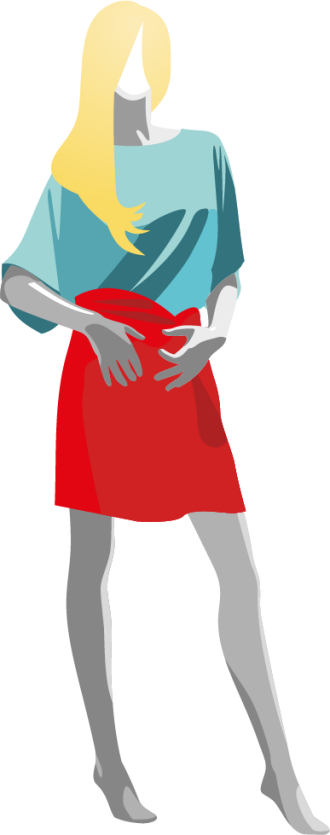


Reputation was also a key consideration in this case. As the brand Zara enjoys an extensive reputation, it was argued that because of the likely confusion between the marks, this would take unfair advantage of Zara's reputation and cause detriment to Zara's distinctive character. It was pointed out that if the goods are not of the same quality, this could result in dilution of the Zara brand. However, House of Zana had also built up a reputation of its own within the local community, becoming an established and well-regarded local business. As an independent business with good quality, sustainable products, House of Zana claimed that it did not in fact wish to be like Zara in any way and that when looking at the ethos of both brands, it was clear that it was not attempting to take advantage of Zara's reputation.
House of Zana contested that, whilst it is clear that there are some similarities between the marks, particularly when considering the third word only and the variations above, this is not a clear representation of how the mark is perceived by the average customer.
It was further argued by Intidex that the marks are conceptually similar as both incorporate female forenames. The owner of the House of Zana brand defended this on the basis that 'Zana' was in fact a type of fairy from Albanian folklore.
The other factor taken into consideration was the overall look of the mark. As the Zara mark is in plain text and the House of Zana mark is figurative, it was considered how similar the marks were when looked at in a similar font. When looking at both marks in an italic font, it was argued by Zara's lawyers that the dominant words differed only slightly as there was a similar pattern and ending. The marks were reviewed as follows:
Intidex claimed that the application should be refused because the marks were too similar and that this could result in confusion on the part of the general public. It is important to note that likelihood of confusion can be either direct (i.e. one company being mistaken for the other), or indirect (i.e. a customer realising that the brands are not the same, but assuming that they must be related). This was an important factor when looking at the likelihood of confusion in this case.
When considering the similarities between the marks, the initial focus was on the third word 'Zana'. It was argued by Intidex that Zana was the dominant and distinctive element of the mark and that 'House of' was descriptive and non-distinctive. House of Zana refuted this, saying that there was never any intention for the brand to be referred to as 'Zana' alone. They also argued that analysing the mark based on this aspect alone does not take into account how the mark is perceived as a whole. and that the brand was deemed unrecognisable as Zana alone. This was compared to other brands such as 'House of Fraser', which would not be recognisable as 'Fraser' alone.
Opposition grounds:

When considering the similarities between the marks, the initial focus was on the third word 'Zana'.
House of Zana is an independent business which specialises in ethically sourced, sustainable clothing. It trades online and from a single store based in Darlington, County Durham. Intidex is a global company owning multibillion pound brands, including Zara. In December 2020, the owner of House of Zana applied for a UK trade mark for two figurative marks. Shortly after the application was published, this was opposed by Inditex, relying on its four 'ZARA' trade marks.
House of Zana was able to successfully defend the claim and the Tribunal ruled in their favour.
It was determined that whilst the words ZARA and ZANA are visually and aurally similar, this is to a relatively low degree and that as the average customer usually perceives a mark as a whole, it would be wrong to dissect the marks artificially. When considering the marks as a whole there was also deemed to be a degree of conceptual difference.
It was further determined that the "mental link" made by customers was "too insubstantial and fleeting" to take advantage of Zara's reputation.
The opposition posed to the trade mark application was therefore unsuccessful and the application can now proceed to registration. The owner of House of Zana has since encouraged other small businesses to stand up to larger businesses, claiming that this is also a win for other independent businesses going through a similar situation.
Decision:

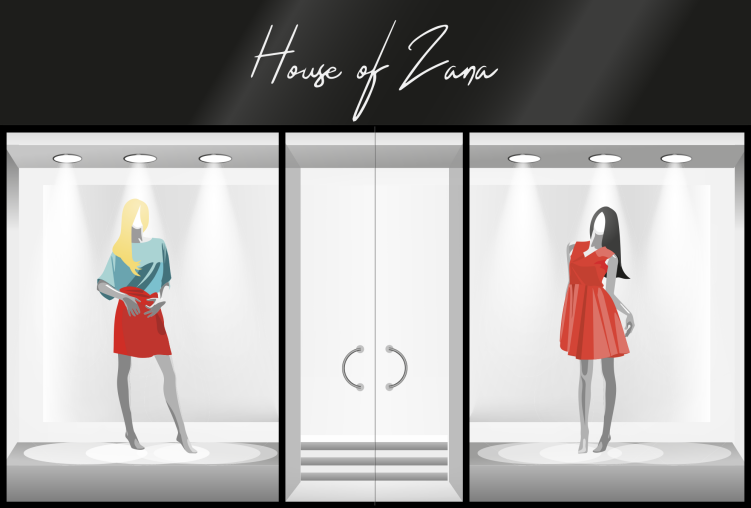
House of Zana, a small boutique, was recently forced to defend its brand in relation to opposition proceedings brought by Intidex, the parent company of leading high street fashion retailer, Zara.
by Amy Pitt
Zara vs Zana


House of Zana was able to successfully defend the claim and the Tribunal ruled in their favour.
It was determined that whilst the words ZARA and ZANA are visually and aurally similar, this is to a relatively low degree and that as the average customer usually perceives a mark as a whole, it would be wrong to dissect the marks artificially. When considering the marks as a whole there was also deemed to be a degree of conceptual difference.
It was further determined that the "mental link" made by customers was "too insubstantial and fleeting" to take advantage of Zara's reputation.
The opposition posed to the trade mark application was therefore unsuccessful and the application can now proceed to registration. The owner of House of Zana has since encouraged other small businesses to stand up to larger businesses, claiming that this is also a win for other independent businesses going through a similar situation.
Decision:
House of Zana is an independent business which specialises in ethically sourced, sustainable clothing. It trades online and from a single store based in Darlington, County Durham. Intidex is a global company owning multibillion pound brands, including Zara. In December 2020, the owner of House of Zana applied for a UK trade mark for two figurative marks. Shortly after the application was published, this was opposed by Inditex, relying on its four 'ZARA' trade marks.
It was further argued by Intidex that the marks are conceptually similar as both incorporate female forenames.
Reputation was also a key consideration in this case. As the brand Zara enjoys an extensive reputation, it was argued that because of the likely confusion between the marks, this would take unfair advantage of Zara's reputation and cause detriment to Zara's distinctive character. It was pointed out that if the goods are not of the same quality, this could result in dilution of the Zara brand. However, House of Zana had also built up a reputation of its own within the local community, becoming an established and well-regarded local business. As an independent business with good quality, sustainable products, House of Zana claimed that it did not in fact wish to be like Zara in any way and that when looking at the ethos of both brands, it was clear that it was not attempting to take advantage of Zara's reputation.
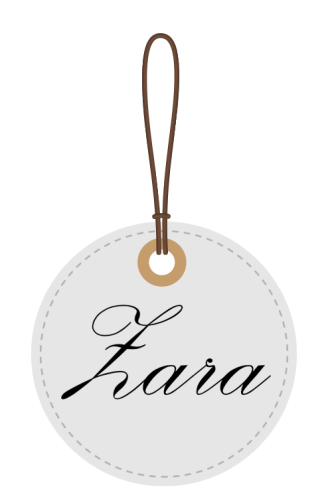
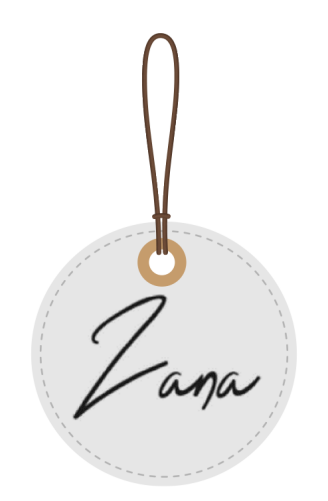
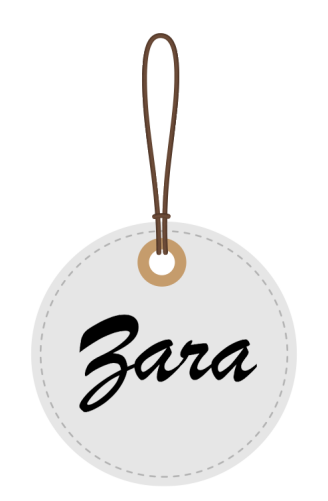
It was further argued by Intidex that the marks are conceptually similar as both incorporate female forenames. The owner of the House of Zana brand defended this on the basis that 'Zana' was in fact a type of fairy from Albanian folklore.
The other factor taken into consideration was the overall look of the mark. As the Zara mark is in plain text and the House of Zana mark is figurative, it was considered how similar the marks were when looked at in a similar font. When looking at both marks in an italic font, it was argued by Zara's lawyers that the dominant words differed only slightly as there was a similar pattern and ending. The marks were reviewed as follows:
When considering the similarities between the marks, the initial focus was on the third word 'Zana'.


Intidex claimed that the application should be refused because the marks were too similar and that this could result in confusion on the part of the general public. It is important to note that likelihood of confusion can be either direct (i.e. one company being mistaken for the other), or indirect (i.e. a customer realising that the brands are not the same, but assuming that they must be related). This was an important factor when looking at the likelihood of confusion in this case.
When considering the similarities between the marks, the initial focus was on the third word 'Zana'. It was argued by Intidex that Zana was the dominant and distinctive element of the mark and that 'House of' was descriptive and non-distinctive. House of Zana refuted this, saying that there was never any intention for the brand to be referred to as 'Zana' alone. They also argued that analysing the mark based on this aspect alone does not take into account how the mark is perceived as a whole. and that the brand was deemed unrecognisable as Zana alone. This was compared to other brands such as 'House of Fraser', which would not be recognisable as 'Fraser' alone.
Opposition grounds:
House of Zana contested that, whilst it is clear that there are some similarities between the marks, particularly when considering the third word only and the variations above, this is not a clear representation of how the mark is perceived by the average customer.
